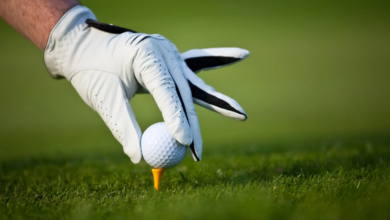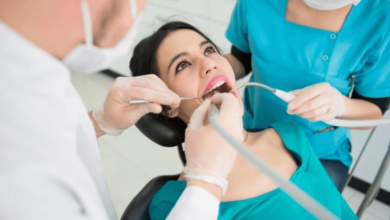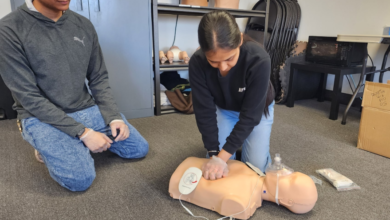7 Steps to Ensure a Safe Recovery After a Head Trauma

Recovering from head trauma isn’t something to take lightly. Whether caused by a fall, sports injury, or accident, head injuries can have lasting effects without proper care. Recovery involves more than rest; it requires a structured approach to ensure the best outcomes for your health. This listicle will guide you through seven crucial steps to recover safely after a head trauma, empowering you with practical advice and actionable steps.
1. Seek Immediate Medical Attention
The first step is always to consult with a healthcare professional. Even if symptoms appear mild, head injuries like concussions can have delayed symptoms that worsen over time. Common signs such as dizziness, nausea, memory problems, or fatigue may indicate a deeper issue.
A proper evaluation can determine the severity of the injury and guide you to appropriate care. If you’re in the area, consulting with a concussion specialist in Utah can provide expert guidance tailored to your specific case.
See also: Bardominum Floor Plans : Best Barndominium Floor Plans for Your Dream Home
2. Rest is Non-Negotiable
Rest is fundamental for brain recovery after a head trauma. Physical and mental rest allows the brain to heal by reducing strain and energy expenditure. Avoid intense activities like exercising, screen time, or mentally taxing tasks like reading or work, especially in the initial days after the injury.
Studies show that limiting activity during the first 24 to 48 hours can improve recovery outcomes significantly. Gradually reintroduce activities as symptoms improve, but only under medical supervision.
3. Stay Hydrated and Maintain Proper Nutrition
Your brain needs proper hydration and nutrients to heal effectively. Dehydration can exacerbate symptoms like headaches and fatigue. Aim to drink plenty of water throughout the day and focus on a balanced diet rich in anti-inflammatory foods.
Include omega-3 fatty acids (found in salmon, walnuts, and flaxseeds) and antioxidants (in berries, spinach, and dark chocolate) to support brain health and reduce inflammation. Consult a nutritionist if needed to create a diet plan that meets your recovery needs.
4. Avoid Alcohol and Stimulants
One essential yet often overlooked step is avoiding substances that can interfere with recovery, including alcohol, caffeine, and nicotine. These substances can increase inflammation, disrupt sleep, and exacerbate symptoms like dizziness or nausea.
Prioritize creating a recovery environment free of these substances so your brain can heal without interference. Replace coffee with herbal tea and seek professional advice for smoking or alcohol cessation if needed.
5. Monitor Your Symptoms Closely
During recovery, paying attention to your symptoms is crucial. Keep a diary tracking headaches, emotional changes, fatigue, or memory issues. This can help both you and your doctor identify patterns and adjust your treatment plan accordingly.
Seek immediate medical help if you notice worsening issues, including severe headaches, repeated vomiting, seizures, or sudden changes in mood. These could be signs of more serious complications needing urgent care.
6. Gradually Reintroduce Physical and Cognitive Activities
Once your doctor approves, begin reintroducing light physical activity to help restore normal functions. Gentle activities like walking can improve circulation and mood, which benefit recovery.
For cognitive activities, start small with tasks like reading short articles or solving puzzles. Gradually increase challenges as your tolerance improves, but listen to your body and stop immediately if symptoms worsen.
7. Consider Professional Rehabilitation
If lingering symptoms persist beyond a few weeks, professional rehabilitation can make a big difference. Specialists in physical therapy, occupational therapy, or neuropsychology can address specific challenges such as balance issues, memory problems, or emotional recovery.
For persistent or complex concussion symptoms, exploring rehabilitation options can accelerate the healing process and limit long-term impacts.
Keywords for Backlinks
- concussion specialist in Utah
- brain recovery
- head trauma healing steps
- concussion recovery process





